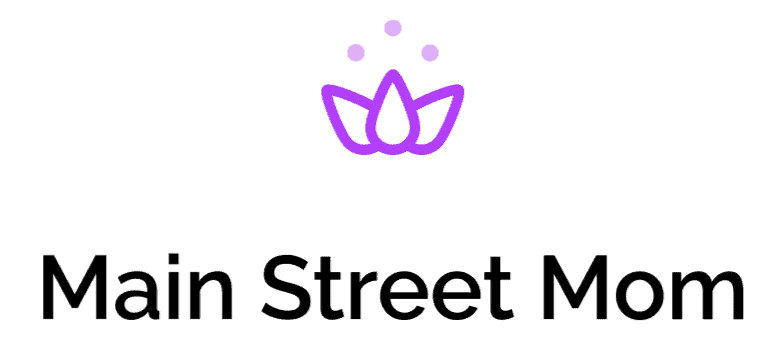Whether your baby puts up a fight whenever you’re trying to rock her to sleep or she wakes up at 3 a.m. each night demanding a breast, a bottle, or a cuddle to go back to sleep, you might have a problem at hand. We’re here to assure you that you’re not the only one, and to urge you to try the shush pat method.
Now, newborn babies often confuse the parents because they spend two, or three months sleeping like a dream only for the dream to become a nightmare that doesn’t end without some sort of a method, a routine, or a trick.
Babies cry, throw tantrums, and scare the parents because they don’t really know how to sleep without a proper sleep-training routine.
Sleep training gets a bad reputation because a lot of parents think that sleep training doesn’t mean anything other than letting your baby cry without soothing her or letting your baby self-soothe.
However, sleep training’s much more about training your baby to sleep on her own rather than nursing her, rocking her, or soothing her with a pacifier.
Sure, there’s nothing wrong with resorting to those things when you don’t know how to stop your baby from crying. But, whatever things you use to get her to stop crying or get her to sleep, she’s going to search for when she wakes up at 3 a.m.
We know that some of these topics can be controversial, but here’s the reality – we all want what’s best for our babies and we all want to resort to safe, pediatrician-approved methods such as the shush pat method.
More on the method and on how you, as a parent, can employ it to get your baby to sleep down below.
What does the shush pat method mean?
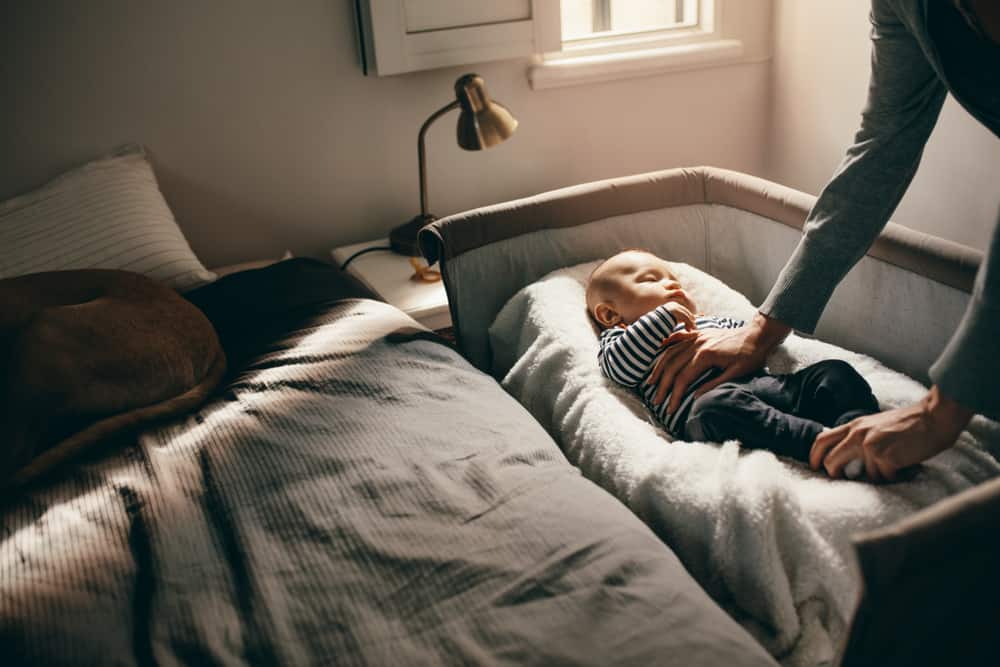
Right off the bat, most parents wonder whether the shush pat method can be considered a part of the sleep training process.
While there might be some parents (or even professionals) who wouldn’t agree, the shush pat method can’t be used to teach your baby to sleep on her own. We’re here to offer our take on how and why.
For starters, sleep training is all about teaching your baby to fall asleep without any or little help from you. When you’re sleep training your baby, you’re advised to put her down in her crib when she’s drowsy but awake, and allow her to drift off without rocking, swaying, cuddling, or nursing her.
When you’re sleep training your baby, you’re also teaching her how to fall back to sleep when she wakes up during the night without crying for you to do any of the things we mentioned beforehand. What are you doing when you’re employing the shush pat method, then?
First and foremost, the shush pat method is one of the most popular and prominent methods for getting your baby to sleep. With the shush pat method, you’re offering your baby comfort, reassurance, and safety while she’s trying to sleep.
With the shush pat method, you’re pretty much shushing and patting her for as long as your baby’s awake. When she falls asleep, you slowly stop the shushing and the patting and turn her on her back.
And, as you might have guessed, the shush pat method doesn’t fit with the sleep training because you’re actually helping your baby fall asleep.
Why does the shush pat method work?

Babies are pretty straightforward, even though some parents don’t seem to understand that. Now, the shush pat method works best with newborns. But, most babies absolutely adore the rhythmic pattern of the shushing and the patting which, at the end of the day, helps them calm down and fall asleep.
Newborns are more receptive to the shush path method because they aren’t able to have more than two thoughts at once and they aren’t able to hold their attention on more than two things.
Knowing that, when you’re shushing and patting your baby, you’re pretty much preventing her from crying because you’re occupying her with other things.
Remember that whenever you’re wondering whether the shush pat method works and whether you should give the shush pat method a go.
Even if your baby is not a newborn, she’s likely going to appreciate the soothing sensations coming from the shushing and the patting. However, when you’re trying to get a four-month and older baby to sleep, you can also resort to the pick-up, put-down method.
When does the shush pat method work the best?
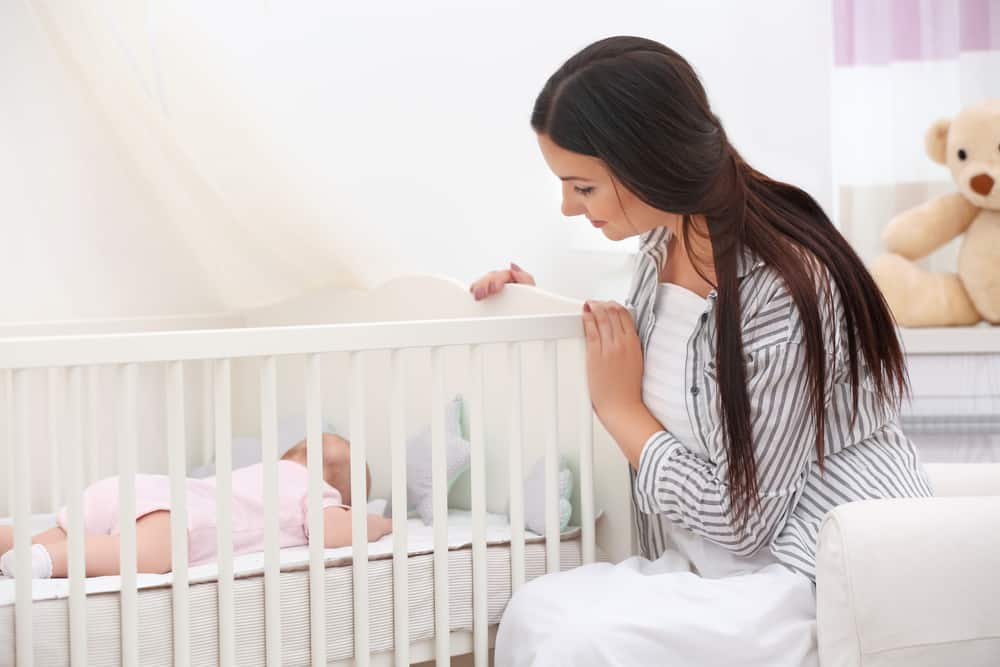
Newborns, as we mentioned beforehand, tend to respond better to the shush pat method because they’re easier to trick that way.
Other than that, babies respond great to the shush pat method when they’re crying, trying to sleep, or trying to go back to sleep after waking up during the night (or even during the day).
Starting from the beginning, the shush pat method can be of assistance when you’re sleep training your baby or when you’re trying to get your baby to sleep.
Babies need bedtime routines because they’re much more comfortable when they know what to expect when they’re trying to sleep.
When you’re shushing and patting your baby, you aren’t holding her up which means you’re giving her enough space to settle on her own. And, you’re typically shushing and patting her while you’re soothing her (rather than while she’s already falling asleep).
With the shush pat method, you’re giving your baby enough space to do whatever she needs to do without leaving her completely on her own.
On the other hand, the shush pat method also works when you’re trying to get your baby to sleep after she wakes up. With proper sleep training, your baby’s going to learn how to sleep through the night or go back to sleep on her own.
The shush pat method’s proven to be the best method to soothe your baby before she learns how to soothe herself.
Of course, you can count on the shush pat method during the witching hour (or the time of the day when your baby decides to start crying for no apparent reason). But, the shush pat method easily soothes your baby back to sleep or back to her adorable, amusing self.
What does the shush pat method look like?
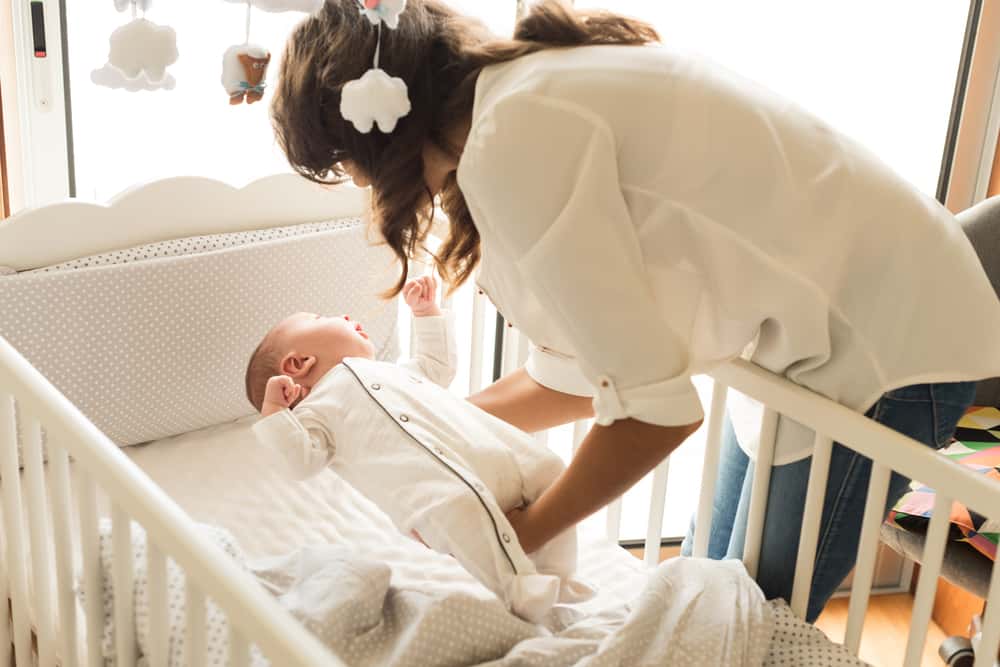
Now that we’ve gone over everything you need to know about how the shush pat method works, we’re bringing you a step-by-step guide on how to experiment with the shush pat method on your own baby.
1. Put your baby down
When you’re done cuddling with your baby, reading a bedtime story, changing her diaper before bed, or doing whatever bedtime routine you have, put your baby down.
While you could do the shush pat method while holding your baby, you’re better off putting your baby down and allowing her enough space to do her thing (for the sake of sleep training).
We suggest moving gently, whispering sweet words to your baby’s ear, and creating an environment that’s soothing enough for your baby to go to sleep.
2. Place your baby on the baby’s side
While your baby’s getting drowsy, yawning, and signaling that she’s ready to sleep, place her on the side. We suggest choosing whichever side she prefers or choosing the left side after breastfeeding to ease gastrointestinal reflux.
When you turn her to the side, place a rolled-up blanket (or something of the sort) next to her belly to prevent her from moving forward and rolling around. While you’re preparing everything for the shush pat method, make sure you’re staying as soft, gentle, and quiet as possible.
When you’re done preparing everything, your hands should be free for patting (granted that you haven’t decided to do the shush pat method while holding your baby).
3. Pat your baby
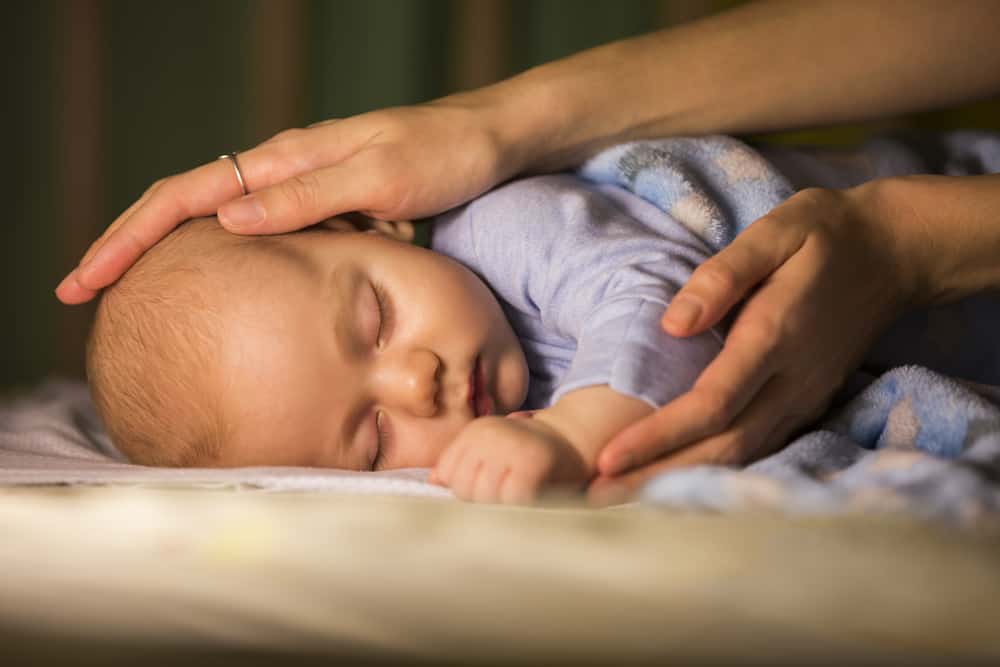
When you make sure that your baby’s lying comfortably, you can proceed to start patting her on her back. Now, the patting depends on whether or not your baby’s crying.
When your baby’s crying, you should start patting her on the back in a steady, rhythmic motion while matching the volume of your baby’s cry.
When your baby’s crying loudly, for example, you should start patting her firmly. When she’s getting more comfortable and relaxed, you should start patting her more gently and slowly.
However, when your baby’s relaxed from the moment you start the shush pat method, you can simply follow her rhythmic breathing or whatever rhythmic pattern sounds right at the moment. Remember, you’re trying to soothe your baby which means your rhythmic pattern should be soothing, too.
4. Shush your baby
Of course, we can’t forget about the shushing. Now, the shushing doesn’t come after the patting because the two things should always occur at the same time.
While you’re patting your baby on the back, you should start shushing or making similar sounds to create an even more soothing environment.
Parents who aren’t great at shushing (or don’t prefer making the sounds themselves) may resort to white noise machines or soothing Youtube playlists, too.
We suggest making the shushing sounds on your own because that’s what works best for your baby. However, there’s no reason why you couldn’t use other means, too.
5. Place your baby on her back
When your baby calms down from crying, starts getting drowsy, or even starts sleeping on her own, gently place her on the back (while you gradually fade or stop the shushing).
That is pretty much everything you need to know about the shush pat method before you go ahead and check whether your baby appreciates the shushing and the patting.
Read more: Nanit Vs. Owlet: The Battle Of The Smart Baby Monitors

